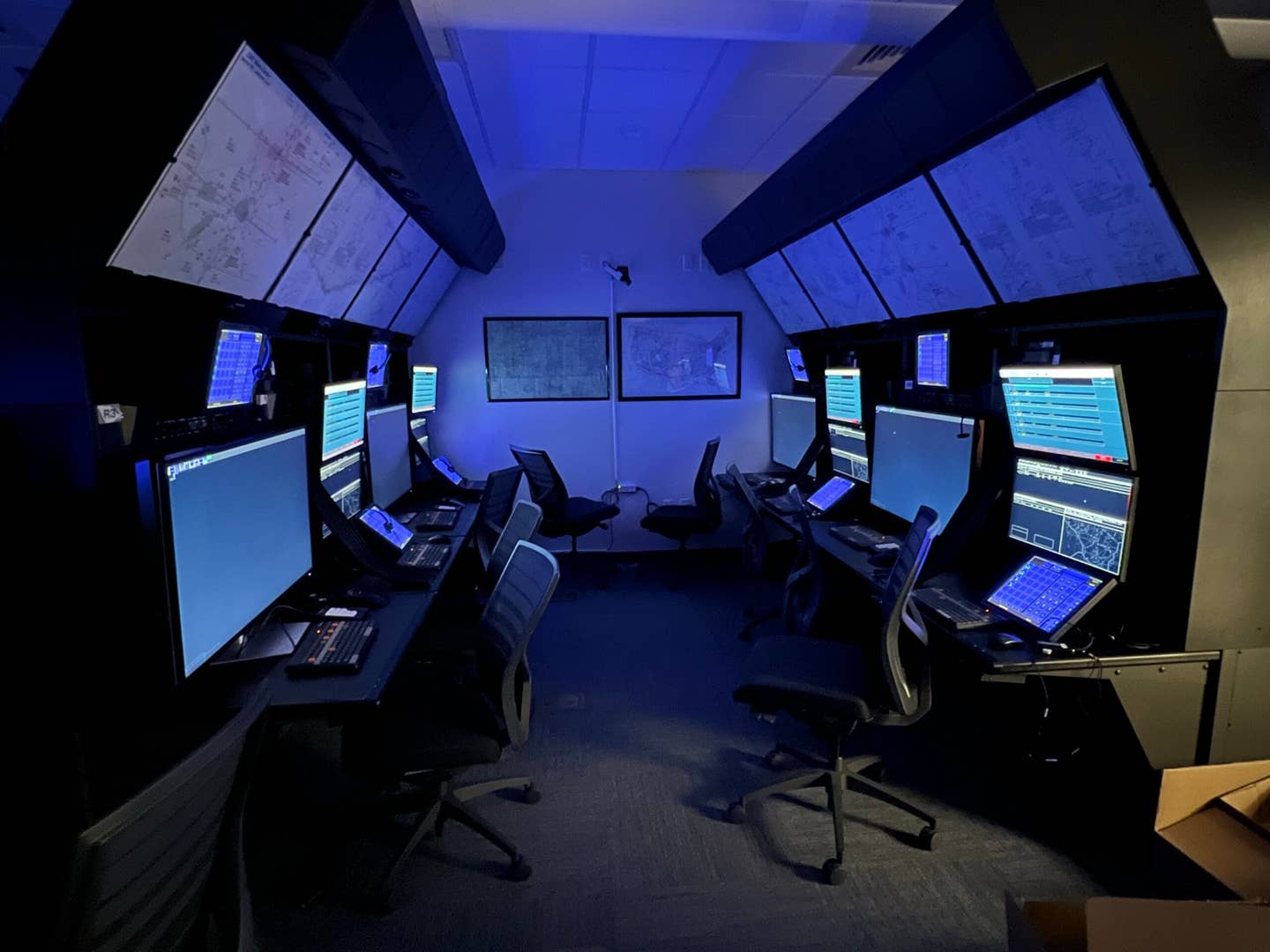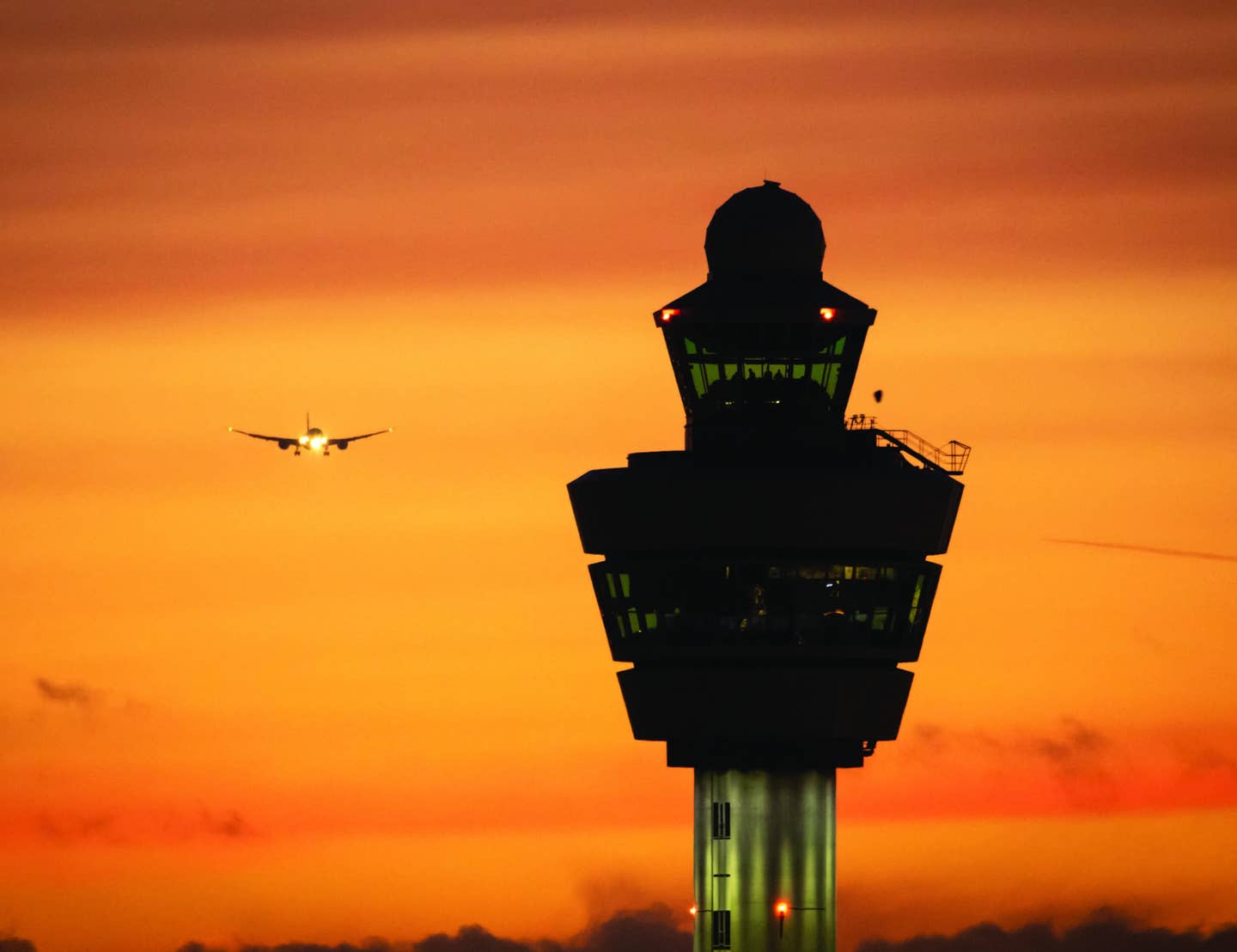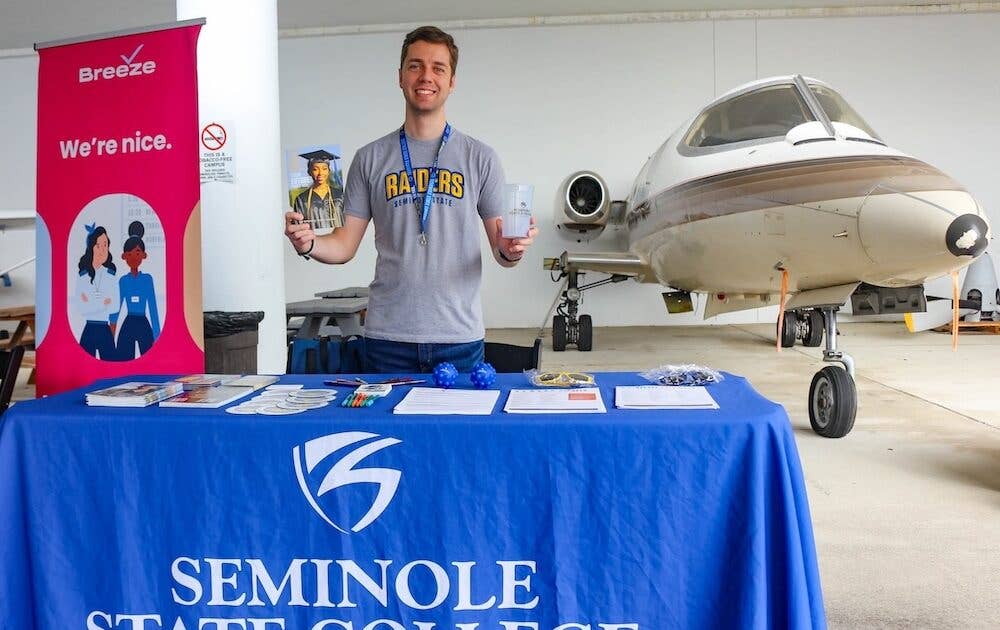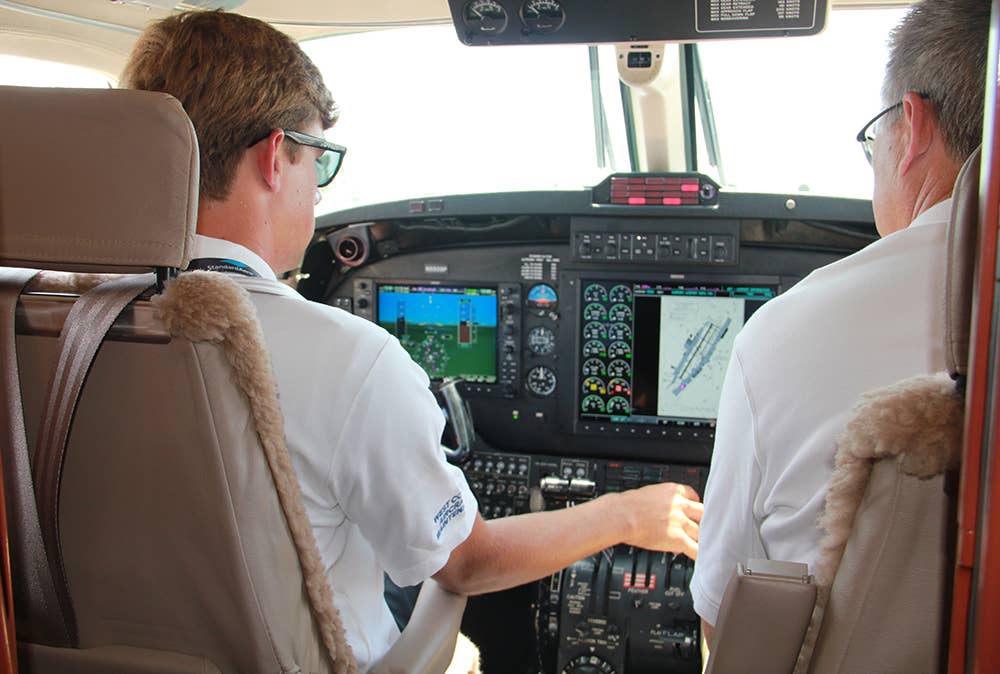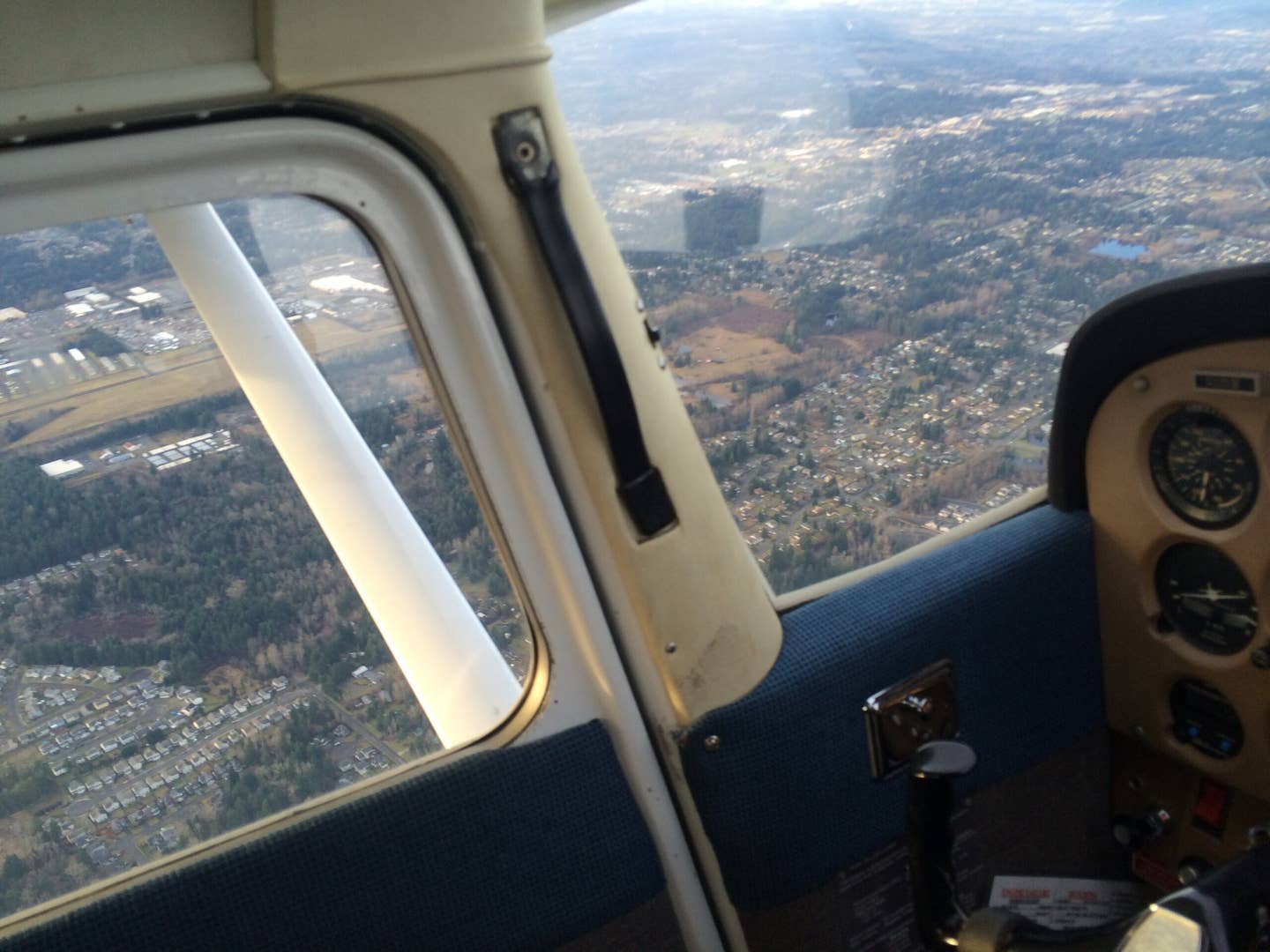What to Do When There’s an Accident
After a mishap, there is always a desire to get more information about what happened.

A sad reality in aviation is that if you stay in it long enough, there will come a day when you lose someone you know in an accident. [Credit: iStock]
One of the sad parts of aviation is that if you stay in it long enough, there will come a day when you lose someone you know in an aircraft accident. I don’t say this to scare you—I say this to prepare you.
This time of year I find myself thinking about Josh Dierks, killed on July 10, 2006, while flying a Piper Navajo. We worked together as CFIs. He wanted a career at the airlines, so he took a job flying cargo to build his multiengine time. Dierks was flying from Spokane, Washington, to Seattle when, as he approached the Cascade Range, he informed ATC that he was experiencing an uncommanded loss of engine power in both engines.
Lacking the power to get over the Cascades, Dierks diverted to Easton State Airport (KESW), a turf runway measuring 2,640-by-100 feet at an elevation of 2,226 feet. The airport sits next to an interstate and is surrounded by trees. There are homes scattered around the airport, basically under the traffic pattern.
There were several witnesses to the accident. One said the engines didn't sound right, the aircraft's landing gear was down, and the aircraft was very low and fast on downwind and the winds were squirrelly—an estimated 20 knots from 270 then jumping to 18 knots from 090. He was attempting to land on Runway 27. Although eyewitness testimony is notoriously inaccurate, I hope the assertion that Dierks swerved at the last minute to miss the houses is correct. The aircraft's wing struck a pine tree with a 10-inch trunk, then hit the ground inverted, exploding in flames. Joshua Alan Dierks died just two weeks before his 27th birthday.
Most of us at the flight school learned about the accident within an hour of the event, when the local NBC-TV affiliate showed still photographs of the aircraft burning out of control on the evening news. We had two former coworkers flying for that cargo outfit.
There is always a desire to get more information about what happened. It won't bring the person back, but it's part of the grieving process. As we were not family, we could not receive any information from the authorities. I swapped my CFI cap for my reporter hat and tracked down the person who took the photos for an interview. He's the one who told me Dierks swerved to miss the houses.
The Aftermath
If there is an accident and it involves someone you know or your flight school, it may be difficult for you to get back into the aircraft—at least for a time. That's OK. We'd rather have you standing down while you process what's happened than be distracted in the air. Flight training is not the last chopper out of Saigon.
Many flight schools have protocols when there is an incident or accident. Don't speculate, and don't talk to reporters or other pilots about it. Some go so far as to lock the doors, ground the fleet, and not answer the phone.
If your flight school has rules like this, obey them.
It may be a few days before you venture back into the cockpit, and that is understandable. You will probably find yourself wondering how you would react if you had been in the pilot's seat. That is normal, but don't let it eat you up.
Your best course of action is to receive more training to improve your skills and proficiency. You may just want to fly as a passenger with a more experienced pilot at the controls just to get some air under your butt again.
Don't Be a Troll
These days, the preponderance of social media and smartphones makes the time between accidents and public release of images and information quicker than it has ever been before.
Some pages have rules about posting information and images or releasing names of those involved, especially when it involves a fatality. How would you like to learn via social media that someone you cared about was killed? Or have your loved ones learn about you that way? You may have already had this experience. I have. You can look up a tail number and find the aircraft owner—and then someone posts their name online. I appreciate the moderators who remove these posts.
On YouTube, sometimes both experienced and not-so-experienced pilots will dissect accidents and offer their opinion on what happened. Unless they were there to witness the event and on board the aircraft, what they are saying is speculative entertainment and often polarizing. The more clicks they get, the more revenue they acquire. Don't feed the beast.
The National Transportation Safety Board (NTSB) investigated Dierks’ accident for the better part of two years but was unable to determine the cause of the loss of engine power. Other accident investigations are more definitive, and the agency makes recommendations to the FAA designed to make aviation safer.
Use the NTSB reports as a learning tool. The analysis offered in the preliminary and final report can be instructional, as accidents are usually caused by a chain of events when the "holes in the Swiss cheese" line up.
Hindsight being 20/20, you can see the choices the pilot made and think about what actions you might have taken were you in the same situation.

Sign-up for newsletters & special offers!
Get the latest FLYING stories & special offers delivered directly to your inbox

